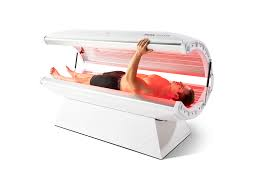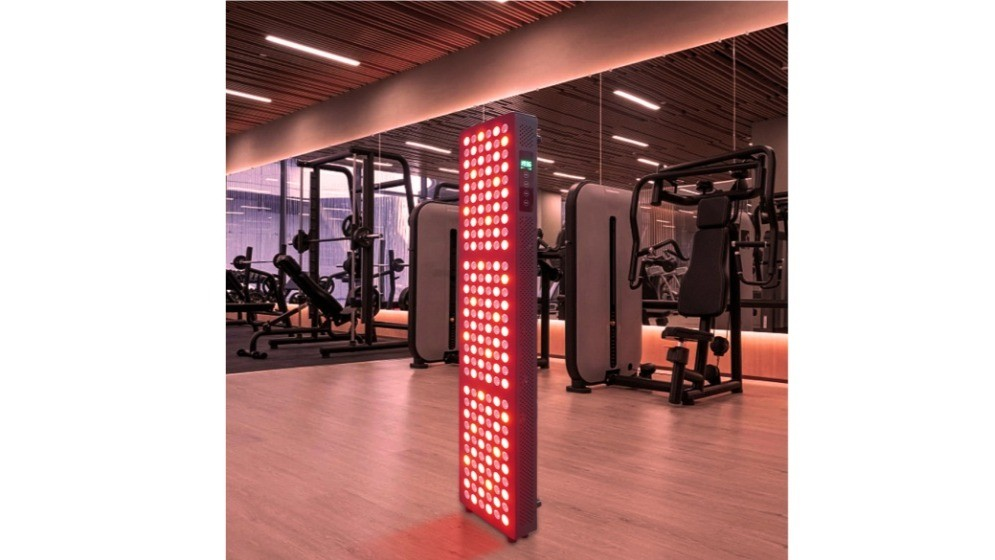
What is Photobiomodulation (PBM)?
Photobiomodulation (PBM) is the broad term applied to the therapeutic use of light at wavelengths and power levels that do not cause any damage to the tissue. In actual fact, the therapeutic benefits of light have been recognized for over one hundred years.
In the early 1900s after the invention of the electric light bulb, electric light baths became popular to treat a wide range of diseases. Next came heliotherapy or the therapeutic use of sunlight, and clinics were constructed in mountainous areas to expose people to the sun.
In the 1960s with the invention of the laser, low-level laser therapy (LLLT) became the next method to apply light to the body.
Due to the optical properties of tissue, red and near-infrared wavelengths are considered to be optimum for penetration into tissue. Nevertheless, blue, green and yellow light are still being investigated.
First-morning red light is and the red-light that comes from the sunset in the evenings are two of the most powerful and naturally healing light spectrums for the human body known today. Some of the latest research even shows that this particular spectrum of light has healing properties for the eyes and vision!
Scientists are actively investigating the mechanisms of action of PBM at molecular, cellular, and tissue levels and new discoveries are still being made.
Before using PBM to treat acute or chronic pain, a provider must diagnose the condition to confirm that the pain is from a neuromusculoskeletal condition caused by aging or injury and that there is no disqualifying condition or contraindication for laser use.
For example, if there are visible lesions on the skin, it must first be confirmed that they are not cancerous before the patient can undergo photobiomodulation.

What Health Benefits Does PBM Have?
With today’s current red-light therapy technology, photobiomodulation has been shown to have many effects at a cellular level:
- Mitochondrial Activation: Red and near-infrared light stimulate cytochrome c oxidase in mitochondria, producing more ATP. The resulting energy surplus improves not only local cellular repair but also systemic energy availability.
- Reactive Oxygen Species (ROS) Balancing: Mild oxidative stress from PBM triggers adaptive responses up-regulating antioxidant defenses, transcribing genetic factors for healing and cellular repair.
- Biochemical Signaling: Optimizes the cellular mitochondria to produce EZ cellular water for instant brain-body signaling, communication, and quantum coherence.
- Nitric Oxide Release: When released it dilates blood vessels and improves blood circulation system-wide. Better circulation means improved oxygenation and nutrient delivery.
- Cytokine & Growth Factor Release: PBM can modulate inflammatory cytokines and increase growth factors (like BDNF, VEGF), which travel through the bloodstream, exerting effects far beyond the treated area.
Using red-light therapy has also shown several systemic health benefits and improved outcomes for the individual as well:
- Improved Sleep & Circadian Rhythm: Even localized treatment helps regulate melatonin and circadian balance.
- Neuroprotective Benefits: Local stimulation increases circulation and neurotrophic factors that support the brain, vagus nerves, and spinal cord.
- Immune Modulation: PBM helps shift the body toward an anti-inflammatory state, boosting immune regulation throughout the system.
- Recovery: Athletes often see faster recovery not only in the treated areas, but in overall performance capacity, due to improved mitochondrial efficiency.
- Neuro Peak Performance: Improve the quantum brain, thus improve the performance.




